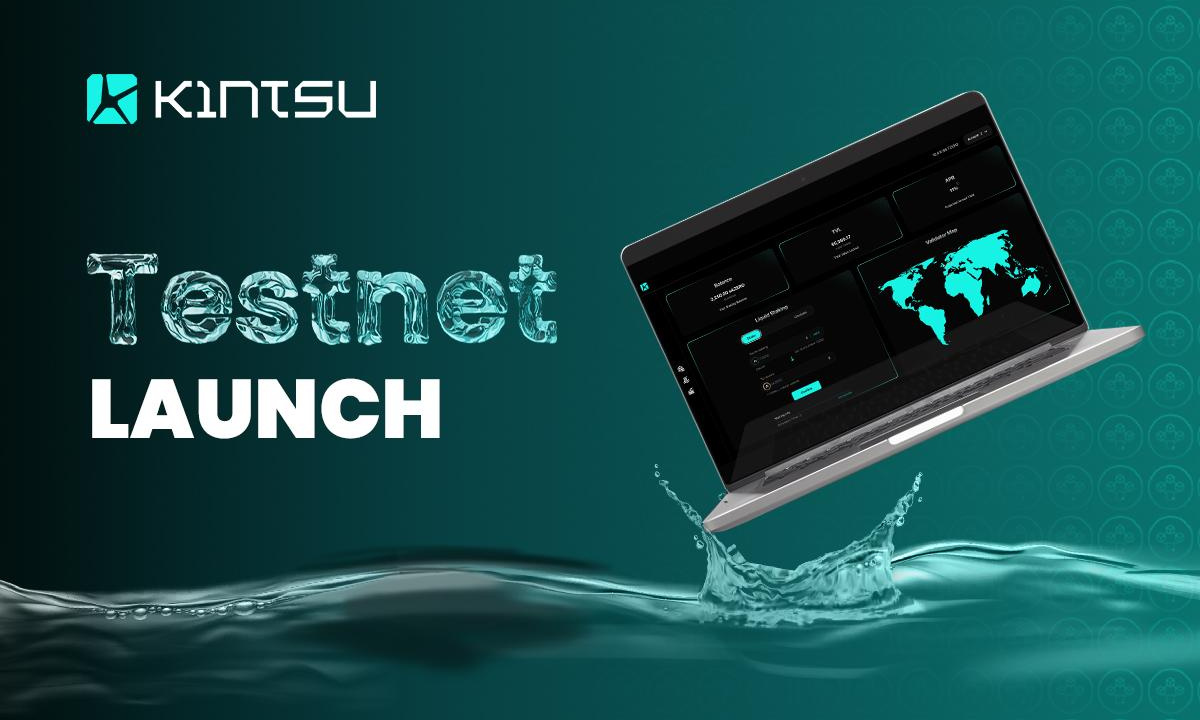Ethereum Staking: 3 Popular Staking Ways Help Users Earn Rewards
The mechanism transition from Proof-of-Work (PoW) to Proof-of-Stake (PoS) can provide investors with forms of profit through the Ethereum Staking service. There are many popular ways to staking ETH. The cover will introduce you to the 3 most popular ways to get the most profit when staking.
Why Ethereum Staking service is increasingly attracting users
Staking is a public good for the Ethereum ecosystem. Any user with any amount of ETH can help secure the network and earn rewards.
For blockchains using the Proof of Stake (PoS) consensus mechanism, participants stake their coins on the network to validate transactions and generate new blocks. Rewards (including block rewards and transaction fees) will be given to PoS participants as an incentive for their contributions.
The Shanghai update brings an essential feature to those who have already joined or are considering staking on Ethereum. Along with Ethereum’s Consolidation event, this is one of the most anticipated features for users patiently waiting for the fully functional Proof of Stake mechanism.
How Ethereum Staking Changed After Shanghai Update
The exact impact of the Shanghai update will depend on your circumstances. You can now withdraw your funds if you have staked ETH directly with Ethereum or through a staking product. Not everyone directly staked 32 ETH; many have staked smaller amounts on liquid staking platforms.
For traders, one of the biggest questions is what impact this update will have on the price of ETH. Of course, there is no 100% correct answer here. At the time of this writing, 13.81% of all ETH tokens are staked, according to the Staking Reward page. Allowing withdrawals would release a significant amount of liquidity, and holders of staked ETH now have the right to withdraw and sell their staked ETH. For many traders and investors, the percentage of staked funds in the total supply will be something to keep an eye on.
On the other hand, staking on ETH could be attractive to users due to improved liquidity. Those who do not want to use liquid staking protocols will now have the opportunity to stake ETH directly with Ethereum, and this could lead to demand for ETH due to improved staking conditions.
For users who hold the native tokens of the liquid staking platform, their prices may also be affected. The reason is that opening Ethereum withdrawal removes the unique functionally fluid ETH staking offers.
In general, allowing withdrawals can promote a freer ETH market. ETH holders can react to staking supply and demand to achieve market equilibrium. This is a positive effect as it reduces artificial control’s impact on ETH’s price and circulation.
Ethereum Staking Forms
Staking via Centralized Exchange
Centralized crypto exchange allows you to stake your ETH tokens and earn staking rewards. These bonuses vary between exchanges but are usually between 3% – 7% APY. Also, most exchanges will own your wallet key, which means your funds will be entrusted to a counterparty.
After you stake your ETH using a centralized exchange, you will start earning rewards, but you cannot cancel your ethereum staking. Future updates to the Ethereum network will allow ethereum staking.
Entrusting your cryptocurrency to a company can be stressful and should only be done when you are sure of the integrity of the company you are working with. Big names like Uphold and Binance are solid picks with longstanding reputations in the crypto space.
Besides security, another important factor when choosing a centralized exchange for staking is the percentage of rewards offered. While Ethereum has an official staking reward ratio that applies to all bettors, some platforms provide larger rewards to gain market share. However, beware of unknown platforms that offer APY rates that sound too good to be true – they often are.
| Pros | Cons |
| Placing a bet through a centralized exchange requires only a few clicks. You can sometimes get very high APY rates when platforms run special offers, and the centralized exchange provides simple, easy-to-understand tax reporting. | Exchanges will store your crypto in their proprietary wallet – you are no longer in direct control of your crypto. Your cryptocurrency could be at risk if the company gets hacked or goes out of business. |
Staking via Decentralized Staking Service Platform
An illiquid staking pool allows ETH holders to earn staking rewards without the 32 ETH required to stake themselves. Unlike liquid staking pools, illiquid staking pools do not offer derivative tokens that can be traded while your ETH is locked.
An essential benefit of illiquid bet pools over liquid bet pools is that illiquid bets do not generate taxable events. In liquidity staking, you get a liquidity token (such as stETH) back when you stake your ETH. However, this token swap is treated like any other token swap and is treated as a taxable event by the IRS.
Ethereum Staking rewards for illiquid staking pools are typically around 4%-6% APY. While these rewards are not as high as liquid staking pools, they are still a great way to put idle ETH to use, and staking pools do not require a balance threshold of 32 ETH.
| Pros | Cons |
| These platforms are not subject to any scrutiny. This means that users have complete control over their funds. Low service fee. No 32 ETH is required. There is no need to run a node on the network. You can use hardware wallets with these platforms for better transaction security. | More user-friendly compared to centralized platforms. Risk of smart contract hacking. If a node operator misbehaves on the network, the operator will be subject to strict penalties, which will be passed on to users who have staked their assets. |
Solo Staking
The most apparent option for ETH holders looking to stake their assets is to set up their own validator. Users will need a computer with enough memory space to download the Ethereum blockchain – old and new – as a minimum requirement. Ethereum 1.0 already has about 900 terabytes of data, growing at about 1 gigabyte per day.
Validators should also always connect their nodes to the blockchain. As a result, a good internet connection is a must. Once the authenticator software is installed on your computer, you must send at least 32 ETH to the Ethereum staking contract address.
To do so, you must generate two keys: one to sign and validate blocks of transactions and another to withdraw your cash. However, until Eth1.0 and Eth2.0 merge in 2022, you cannot generate your withdrawal key.
According to the Ethereum website (here), solo staking currently yields 4.1% APR, although this is expected to grow to 8% after The Merge.
Before sending funds to the staking contract address, you must visit the ETH 2.0 launch pad and follow the process. This payment verifies your eligibility to be a validator. It also provides the network with a method to punish rogue validators who intentionally or unintentionally undermine the authenticity of the Ethereum blockchain. When the blockchain detects an inconsistency in validator activity, it “slashes” the culprit’s stake.
When an Ethereum 2.0 validator intentionally defies the network rules and is removed, this is called a cut. As a penalty, part of their deposited ETH will be taken away, and in some cases, the entire 32 ETH deposit will be withdrawn.
Offline validator nodes are also penalized for incentivizing them to stay connected to the network. Every six and a half minutes or an epoch, the protocol issues both a penalty and an incentive.
Now the critical update Ethereum Shanghai has gone live. Ethereum developers announced that ETH withdrawals will be enabled.
| Pros | Cons |
| Suitable for professional investors and significant capital. APR obtained the largest of the form. | The difficulty of the operations is great and requires precision. Validator may lose money if the Internet connection fails. Validator must ensure uninterrupted network operation. Validator manages private keys, monitors nodes, and regularly updates client software. Potential loss of 32 ETH if there is a node setup failure. |
Conclusion
So the above article has told you why Ethereum Staking is getting more and more attention and ways to help you participate in making profits through staking ETH. It’s important to note that APY is highest for those running their own validator nodes, while stakers staking their ETH works through a centralized exchange or a staking pool. will earn a little less due to the validation fee they will pay. This is also a natural thing when high profits often come with high risks.
DISCLAIMER: The Information on this website is provided as general market commentary and does not constitute investment advice. We encourage you to do your own research before investing.
Join us to keep track of news: https://linktr.ee/coincu
Foxy
Coincu News
























